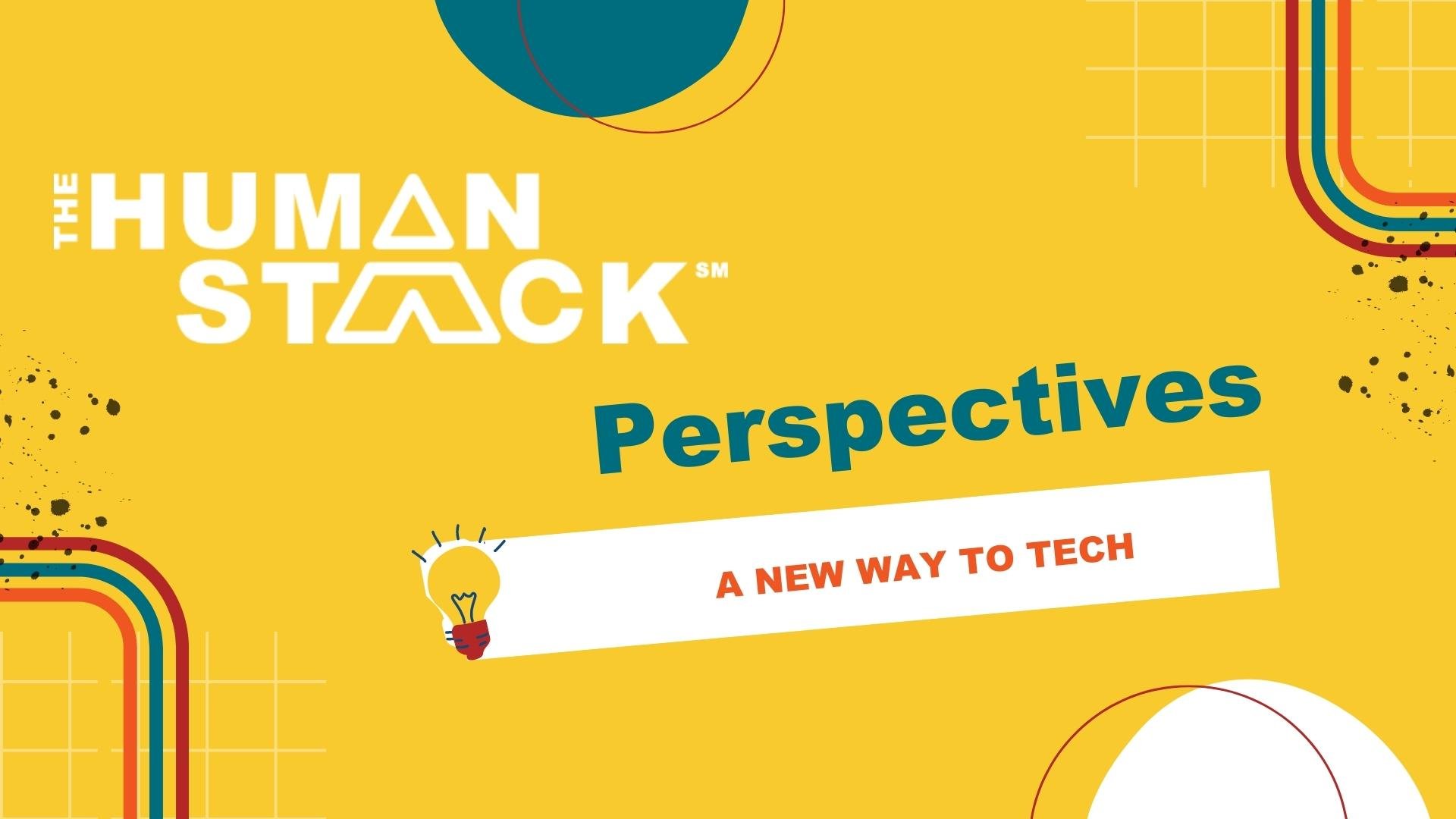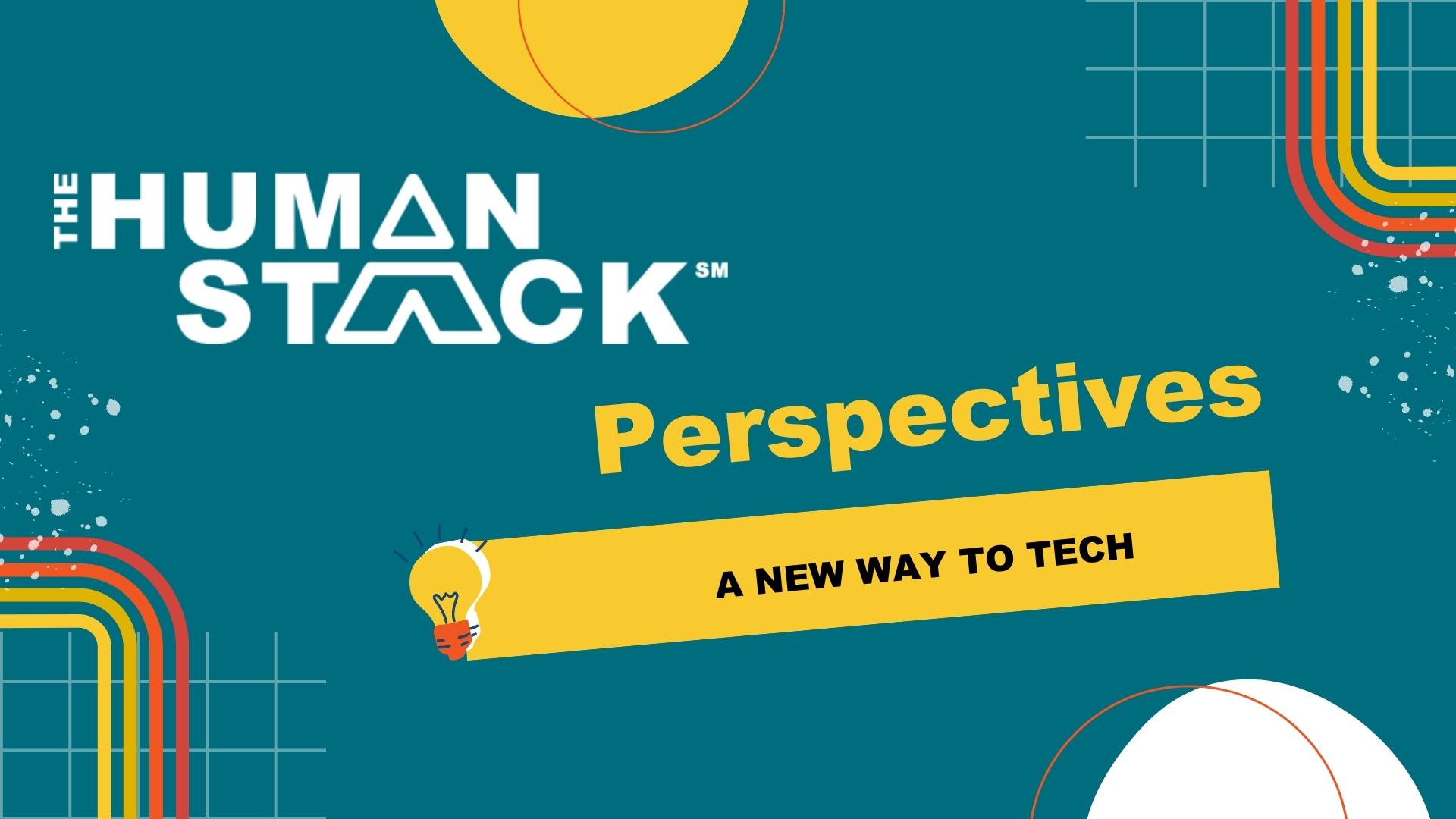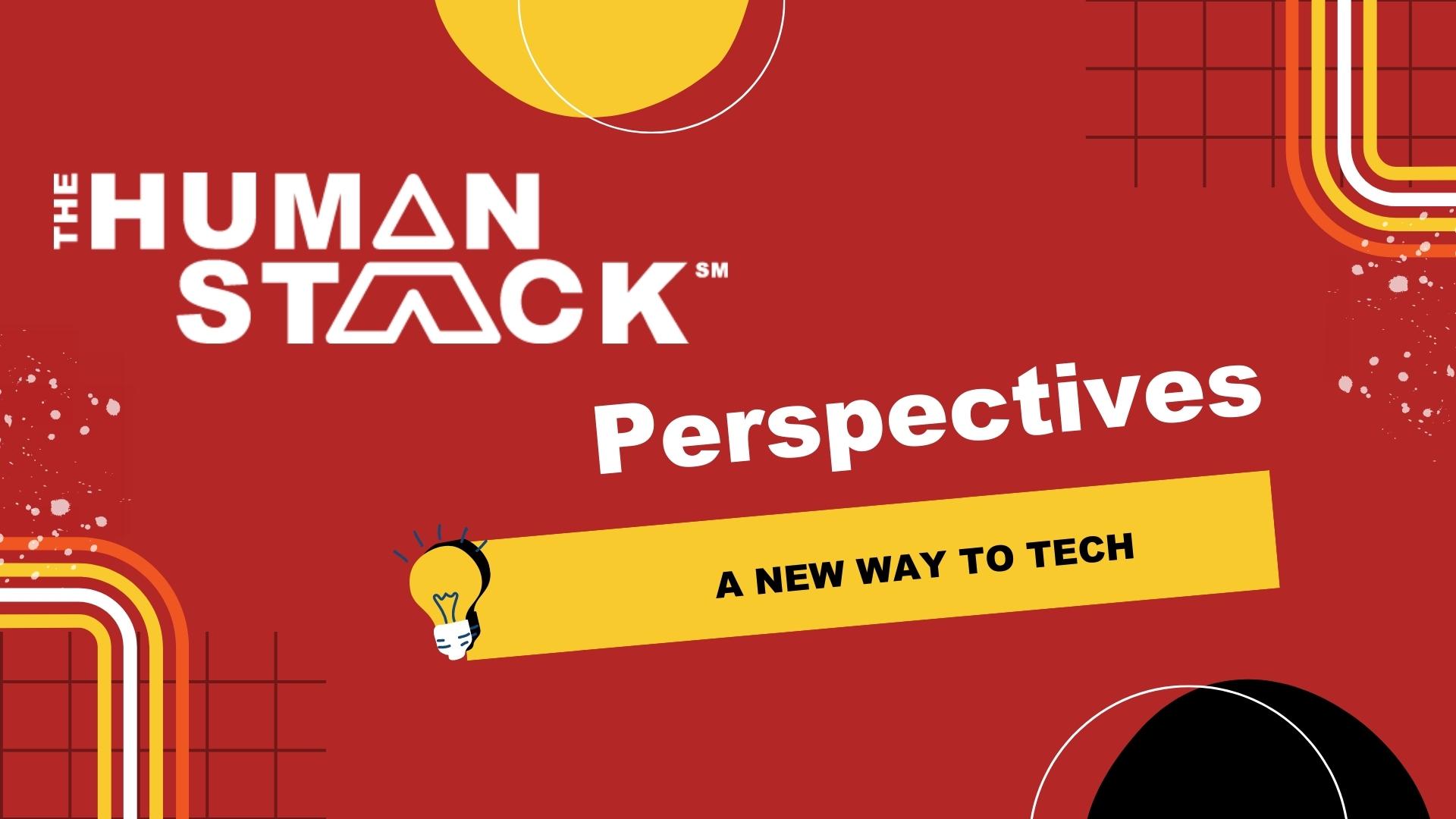4 min read
Kickstart Your Nonprofit’s CRM Transformation and Leave Training in the Dust
 Tim Lockie
:
April 13, 2021
Tim Lockie
:
April 13, 2021
You’re the CIO of a nonprofit and your organization just purchased a shiny new CRM system.
It’s time for implementation and training. The stakes are high to make the most out of this investment.
To succeed, you know your CRM implementation needs to get off on the right foot by scoring early user buy-in and inspiring long-term enthusiastic adoption.
Easier said than done, right? So, how is it done?
It’s simple: Ditch training. Start transforming.
Training your nonprofit staff can be largely ineffective for many reasons including time, individual experience, and resources.
There are better, more incremental, and longer-lasting transformational changes rooted in behavior that not only train, but reshape, how an organization works with and uses its technology.
Instead of training videos (that no one watches) or static documents (that no one reads), shifting to a transformational mindset improves your odds for implementation success — and widespread organizational change.
Forget the Zoom Recordings: Here’s Why CRM Training Won’t Work For Your Nonprofit Staff
Implementing a new piece of software is always disruptive. Everyone has to take time away from their primary tasks to learn a new way to do what they’re comfortable doing another way. It’s stressful for staff to miss out on crucial time to work on their primary job to learn something completely new.
And, let’s face it. As they exist today, one or two-day CRM software training is hardly adequate to encompass the full shift required of an organization to be successful with their new CRM system.
In the end, training is a single, static moment in time, and relying on an already busy staff to remember everything they learned (or rely on recordings or outdated documents) doesn’t have a high success rate.
Think about it: Can you as a CIO absorb more than a few outcomes from training? Do you revisit recordings or documentation from training? You probably don’t have time or headspace. And neither does your staff.
The truth is, a recorded CRM training they may or may not have participated in is not going to be helpful for your staff to learn an entirely new system. And unfortunately, that way of training has turned out to be the status quo.
What will spur the adoption of the new technology at your organization is creating a framework for engaging people that outlasts any one particular project.
This isn’t technology implementation time. It’s human implementation time.
Transforming Your Nonprofit’s Staff May Not Include the Methodologies You Think
Once you settle on a platform and an implementation partner, you’re ready for action — on-time, on-budget action. You expect your implementation consultant to roll out the methodology welcome mat, start discovery talks, and begin training your staff.
But stop. Set aside what you know about typical project management methodologies like Agile or Waterfall.
To transform — not train — your staff is to stop what you’re doing, this can (and should) happen before you even purchase your new CRM system.
This methodology is all about connecting and starting a dialogue about what everyone’s doing concerning the CRM system, what their pain points are, and how they feel about the technology they use.
Here is how you can get started transforming.
- Find the connective tissue. True transformation starts by picking apart the connections between departments. In most nonprofit organizations, departments are siloed, rarely talking to each other about what they’re doing, how they’re doing, and what frustrations they may have in common. And therein lies so much information that could help you as a CIO to find ways to connect the dots, find solutions, and create lasting change. When you encourage dialogue between departments, you may discover that an issue isn’t isolated to one department, therefore prioritizing a solution spanning multiple users. Subsequently, you may discover why one department has been doing things a certain way that is different from everyone else. This deeper level of understanding helps you get the big picture to inform your decisions as a CIO on how to ease the transition from the old CRM system to the new. Project management methods often fail because they don’t build this connective tissue, and therefore don’t look at the organization’s issues holistically. This prevents adoption because of frustrations, misunderstandings, and missed opportunities for change.
- Explore priorities and motivations. Do you know what your staff used to keep everything straight before? Was it through an Excel spreadsheet because it was easier to produce reports, or because they feared learning a new system you implemented years ago? Unless your staff sees that some facet of their existing tools is represented in the new system they may use the new system, but their source of truth will still be their Excel spreadsheet. And that's not what you want. Why did they resort to falling back on their Excel sheet? Maybe it was fear of technology, rapidity of change, or ease of producing reports. To get around this, explore why they operate the way they do. What are their fears, frustrations, or hacks and why? Will the new CRM solve this, or will it spur them to go rogue and keep using Excel?At the same time, staff should learn about the priorities and motivations of other departments to better understand how and why they work. They might find some alignment, be inspired to create a solution for a common problem, or learn methods the other department uses.
- Encourage speaking up. As a leader of your organization, you’re in a position to effect change for your staff. This means listening for ways you can improve their lives at work through the processes and technology they use. By hearing your staff’s issues early and often, you’re better able to understand, triage, and treat. And when you do, your staff feels heard. Even if their issue can’t be solved, knowing it’s out in the open can ease their tension.What does this have to do with being an adopter of new technology? Everything.You may learn why your staff has been unwilling to adopt the new technology. You may learn better ways for your CRM system to address their needs. And you may form a more trusting relationship that can mitigate future roadblocks by virtue of your open-door policy.
Adoption of New CRM Technology Comes From Change, Not Training
Change is hard, and not everyone accepts it easily. CRM implementation failure mostly happens because the staff is either unwilling or unable to embrace the change.
Change starts with you, the leader, having a transformative mindset instead of a training one.
With a transformative mindset instead of a one-and-done training approach, you can instill practices and behaviors that establish connection, understanding, and trust — and outlast any training.
In doing this, you’re better able to see the bottlenecks, understand why they’re there, and make a plan to move them so you can continue with achieving your nonprofit’s mission.
All of this works together to inspire better user engagement, long-term staff success, and widespread adoption of your CRM technology. No recorded training required.






